Laboratory measurement
Without exception, measurement of radioactivity in the Observatory's Radiation Laboratory involves detecting the electrical charges produced by the ionizing radiation. 4 major types of equipment (Gamma Spectrometry System, Liquid Scintillation Counting System, Low Level Alpha-Beta Counting System, Alpha Spectrometry System) are used to accurately measure the electrical charges produced by the radiation emitted by radioactive materials present in the environmental samples, thereby deducing quantitatively the amount of radioactivity present.
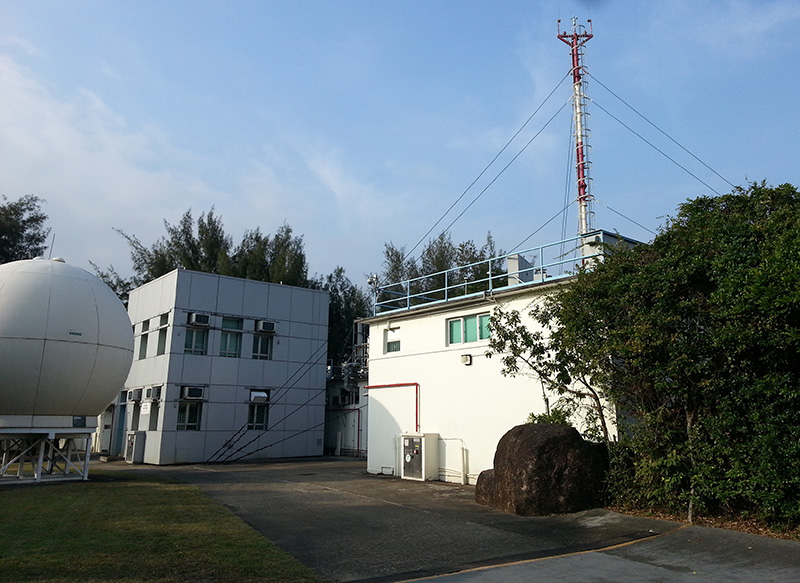
Radiation Laboratory at King's Park
Measuring Radioactivity: Basic Operating Principle
Unlike other materials that we commonly have a need to measure, we cannot weigh radioactivity or collect it in a box, just as we cannot weigh nor collect sunshine in a box. However, we can measure it indirectly by measuring the effects that it causes. Unlike that portion of sunshine that we can see, invisible nuclear radiation produces an electrical effect in materials through which it passes. If we measure the electrical effect, we can determine how much radiation passed through the materials. This is the basic operating principle for measuring radioactivity. There are various types of radioactivity and different systems are used for their measurement.
Alpha Spectrometry System
The alpha spectrometry system is used to measure the activity of an alpha-emitting radionuclide, Plutonium-239.
Since alpha particles are readily absorbed in air, they are measured in vacuum to prevent any interaction with the air before it reaches the detector. Therefore, all 8 detectors of the system are housed inside a vacuum chamber. The digitized signals of the detectors are stored as energy spectra for quantitative analysis using a special software. The system can measure 8 samples simultaneously, hence providing a high throughput.

Diagram of Alpha Spectrometry System
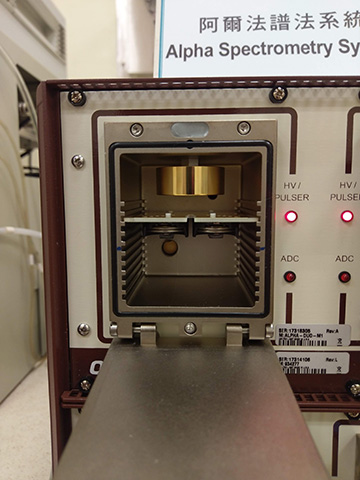
A close-up of the detector of the alpha spectrometry system
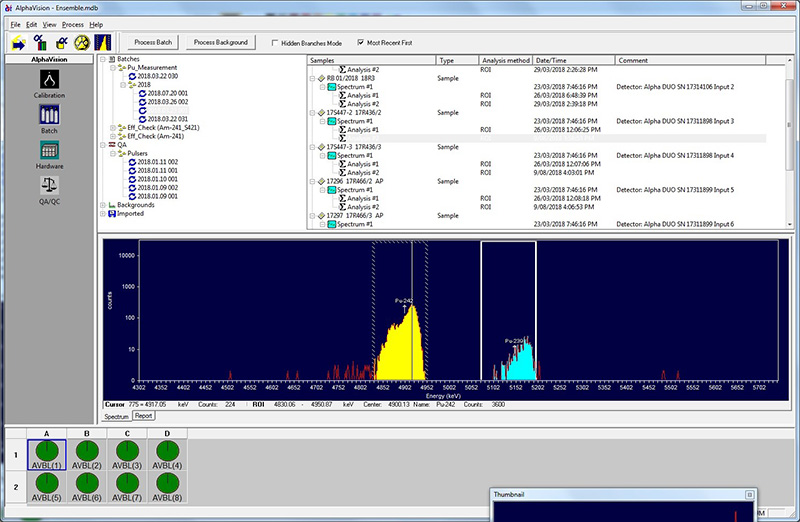
Alpha spectrum from the alpha spectrum analysis software
Gamma Spectrometry System
The Gamma Spectrometry System is used for the analysis of gamma emitting radionuclides.
It consists of four high purity germanium detectors, their associated electronics and a PC with a centralised control and analysis software. The digitized signals of the detectors are stored as energy spectra. A gamma spectrum analysis software is used for the analysis of specific activity of gamma-emitting radionuclides in the samples. The system allows a quick and accurate identification of gamma emitting radionuclides as each gamma emitting radionuclide has its own characteristic spectrum.
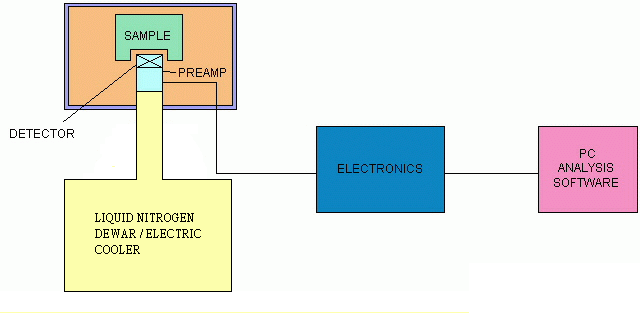
Diagram of Gamma Spectrometry System
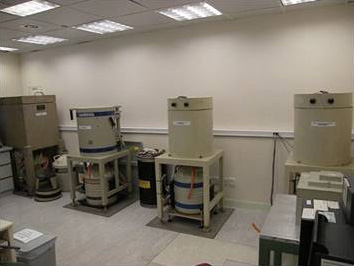
High purity germanium detector
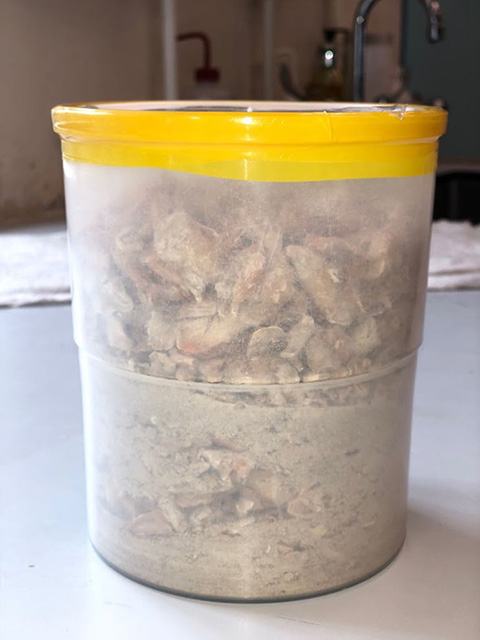
Sample
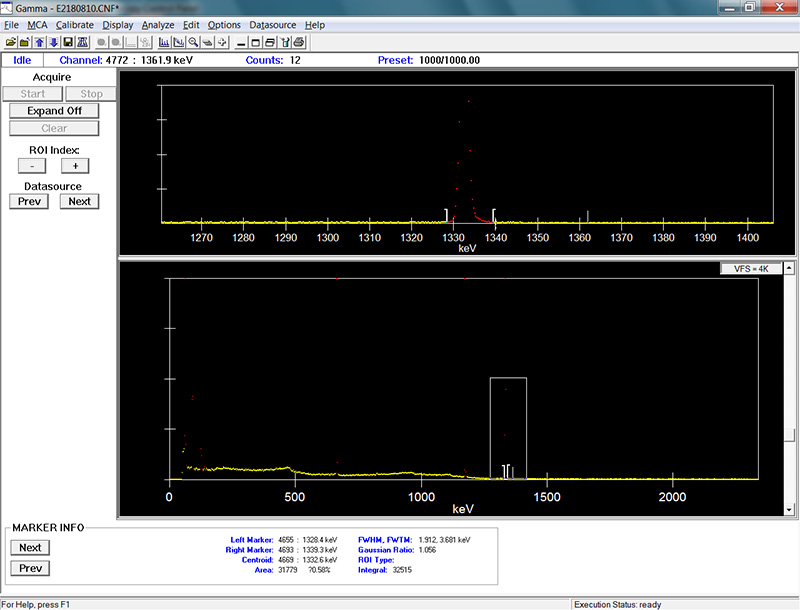
Gamma calibration spectrum from the gamma spectral analysis software
Low Level Alpha-Beta Counting System
The Low Level Alpha-Beta Counting System is used to measure the activity of a pure beta-emitting radionuclide, Strontium-90.
The system has 11 gas flow counters operating in a chamber filled with a special gas (90% argon and 10% methane). The signals from the detectors are counted and processed in a microprocessor data system. The specific activity of strontium-90 is obtained from the total counts of the samples. The system can measure 10 samples simultaneously, hence provides a high throughput.
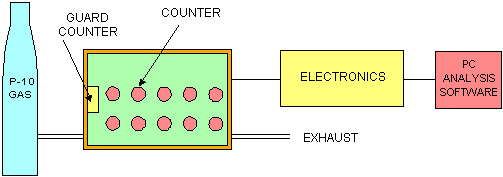
Diagram of Low Level Alpha-Beta Counting System
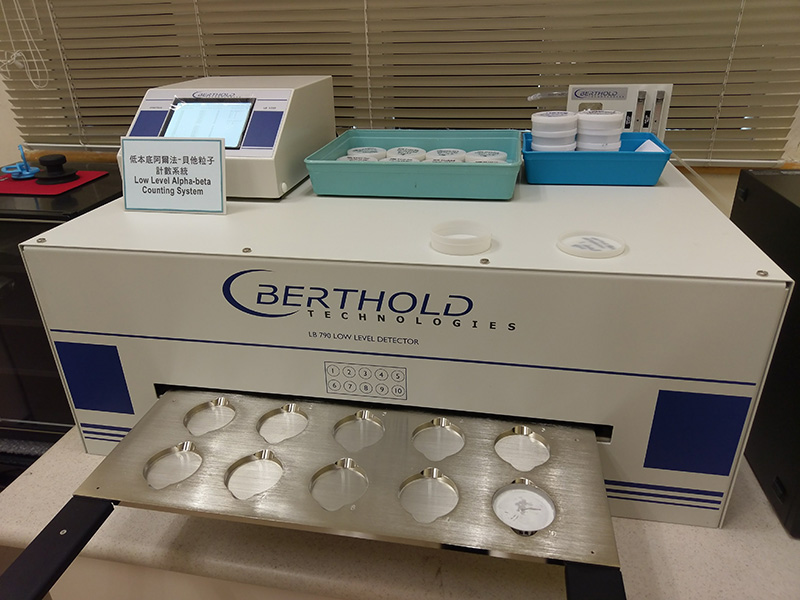
Sample after chemical treatment and ready for measurement
Liquid Scintillation Counting System
The Liquid Scintillation Counting System is used for measurement of tritium (an isotope of hydrogen) in water samples and the water in foodstuff samples.
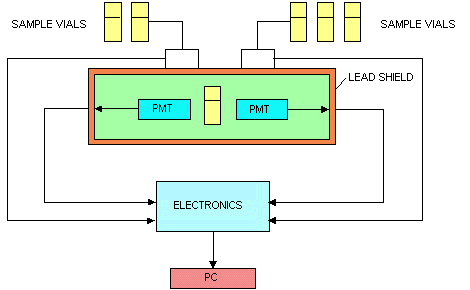
Diagram of Liquid Scintillation Counting System
The detector of this system is made up of two photo-multiplier tubes (PMTs) coupled to an optical chamber. Photons emitted by the scintillant after excitation by beta particles are captured and amplified by the PMTs to form electrical pulses which are stored as beta energy spectrum. The specific activity of tritium in the samples is obtained from the total counts of the spectrum.
The system has high counting efficiency due to total immersion of sample in the scintillant and the detector and hence is suitable for measurement of tritium, a low energy beta emitter.
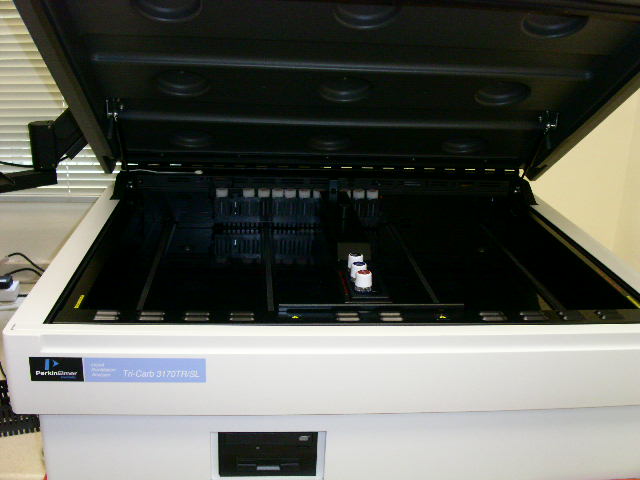
Liquid Scintillation Counting System
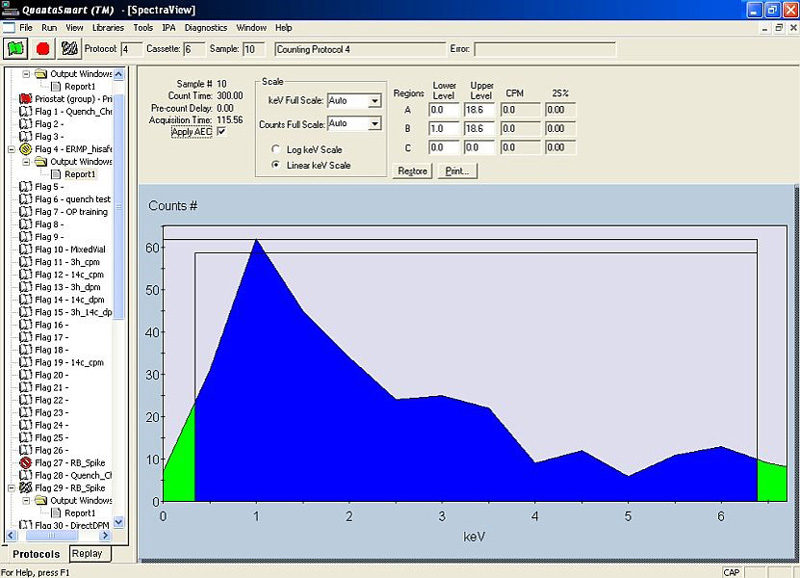
Beta spectrum from liquid scintillation counting system